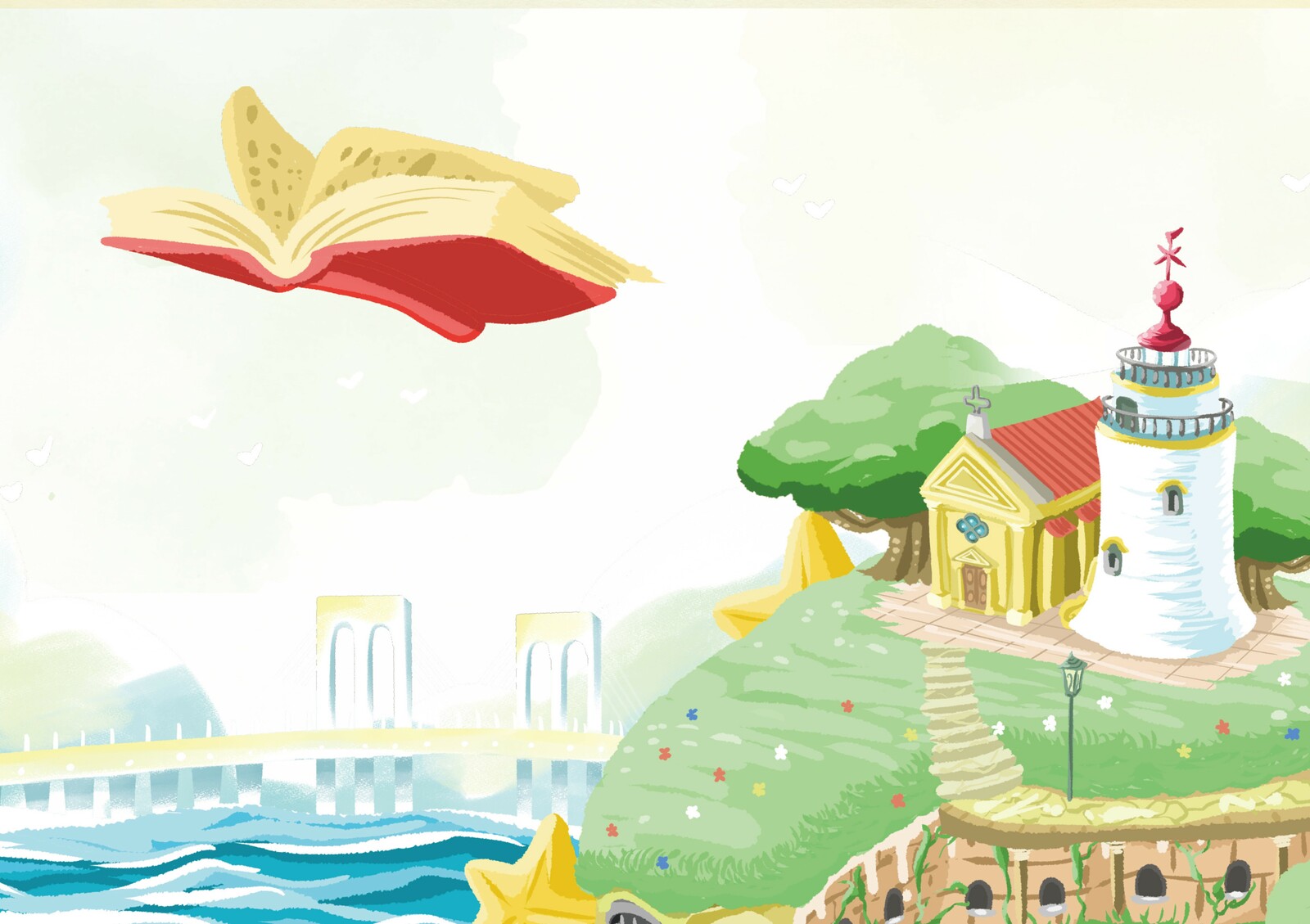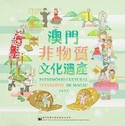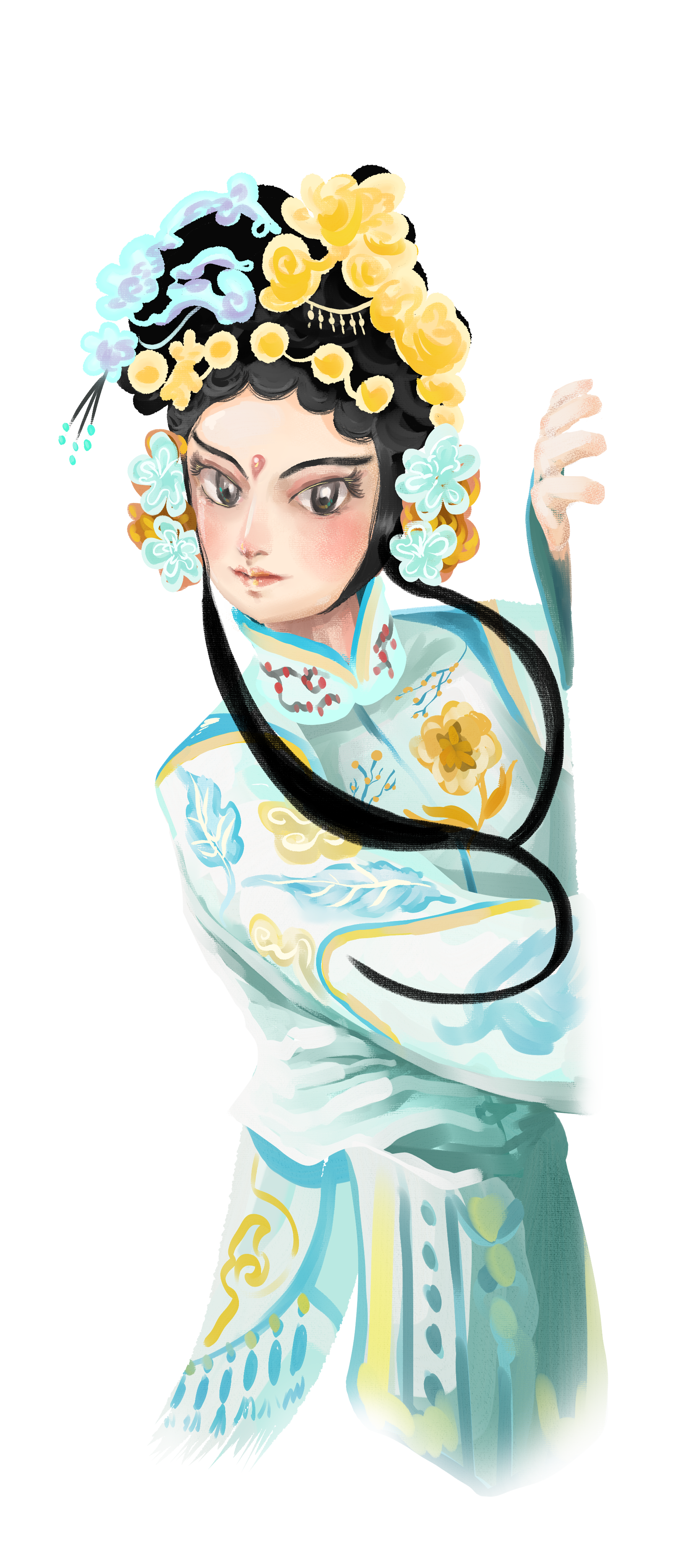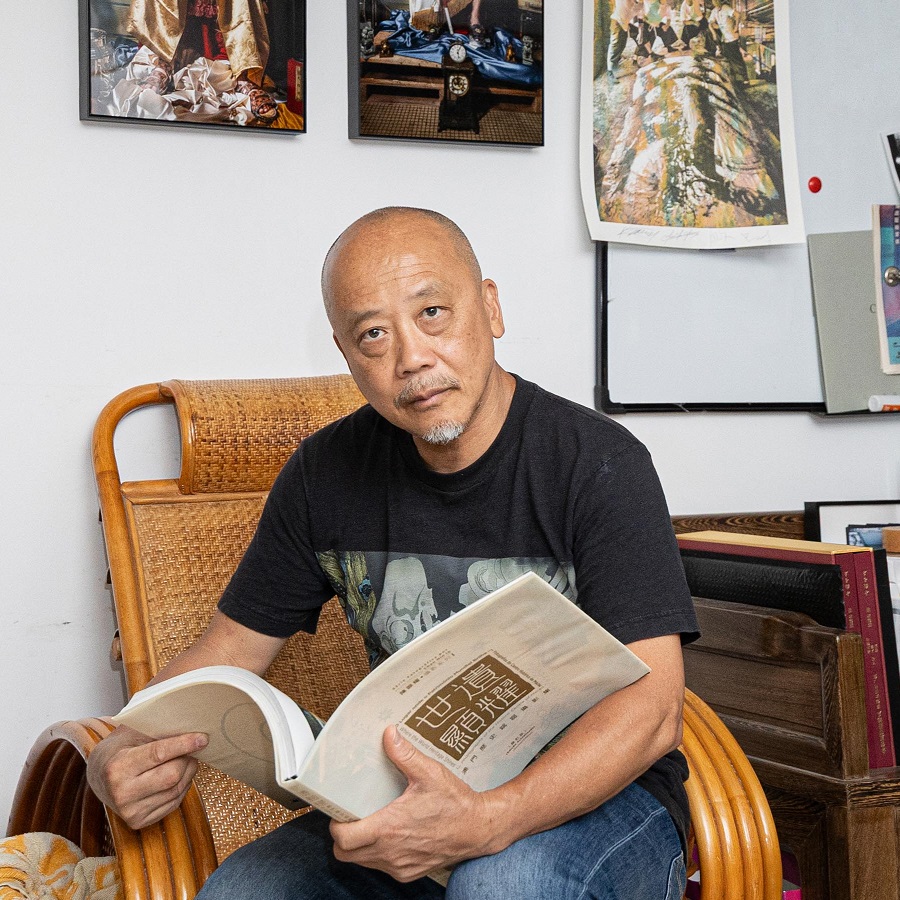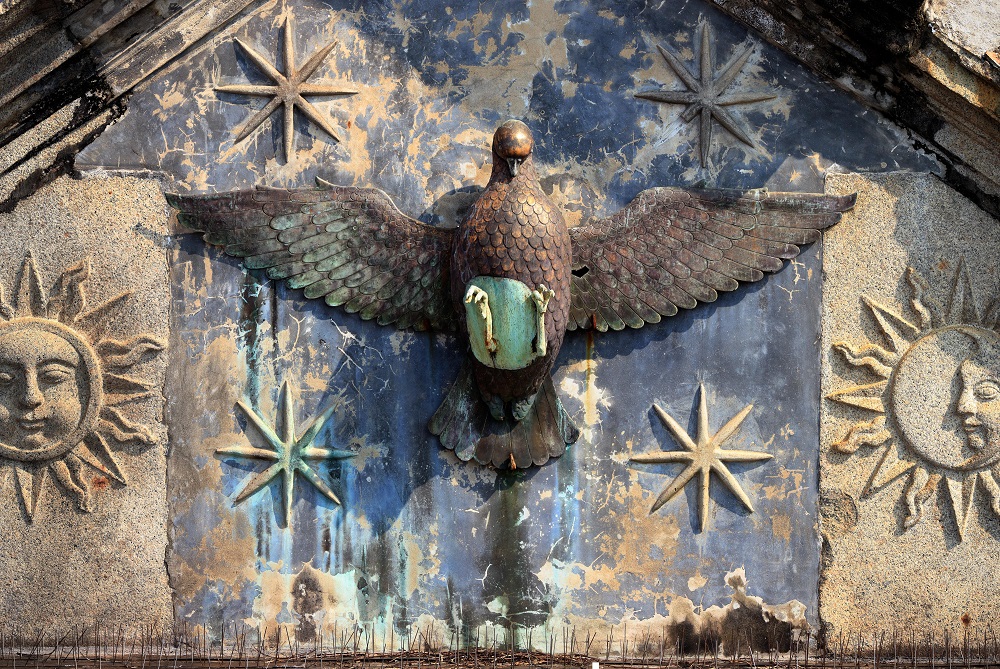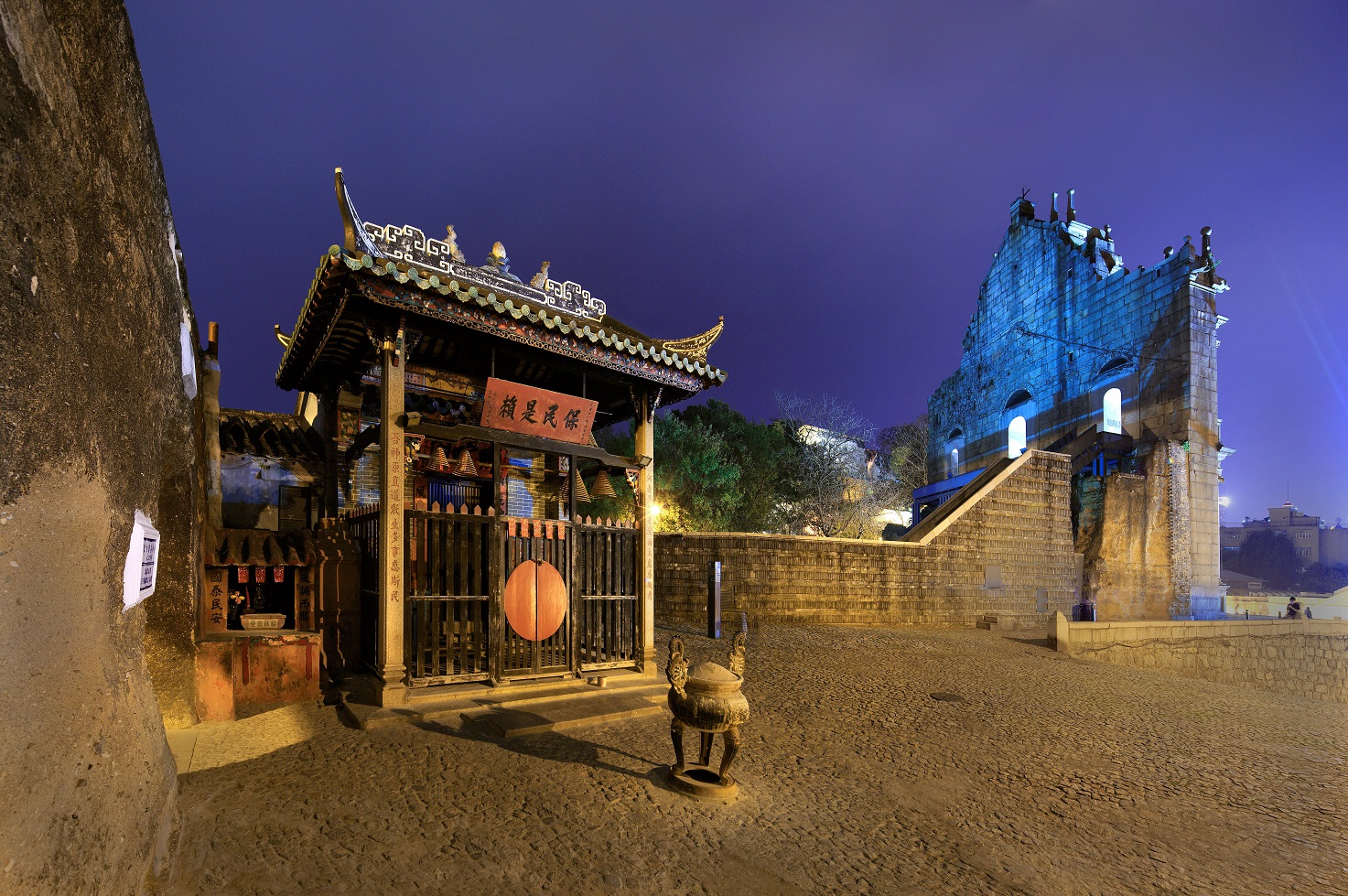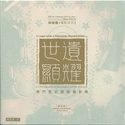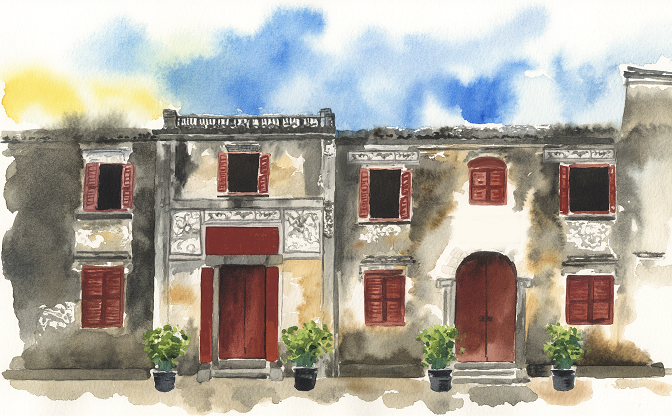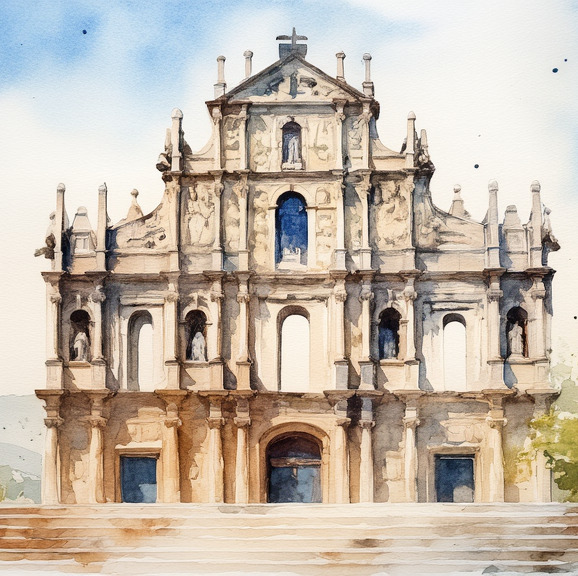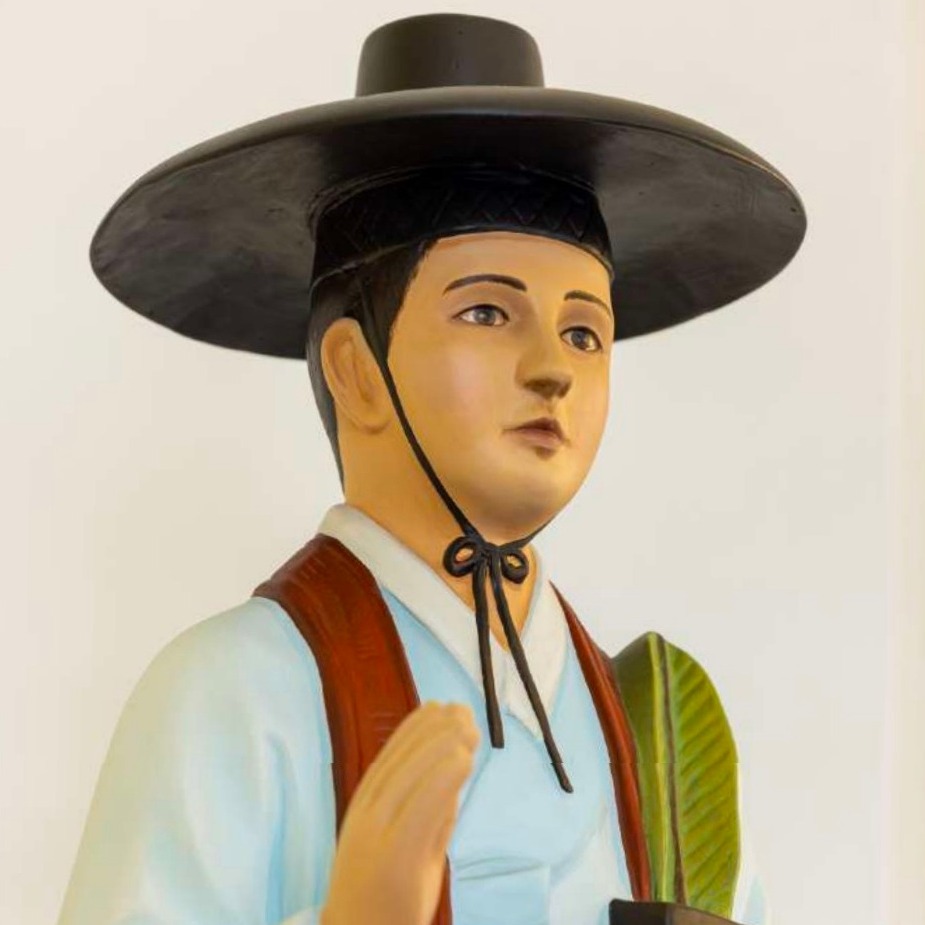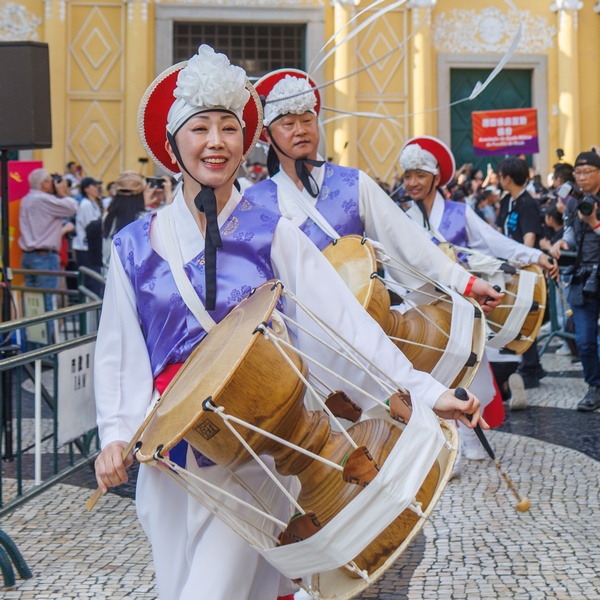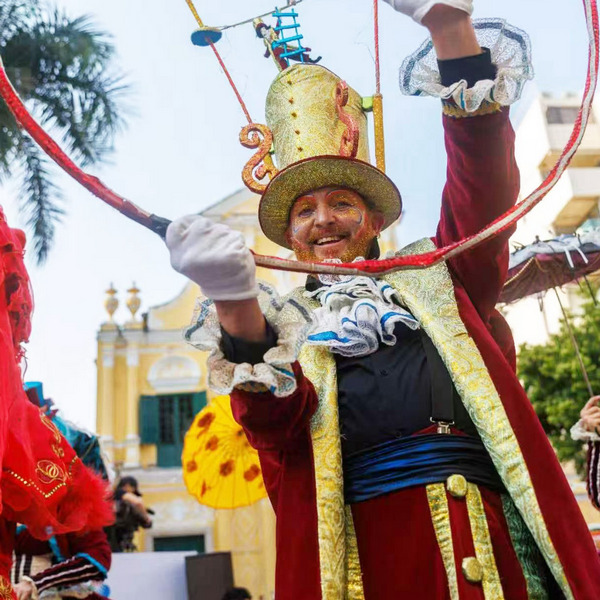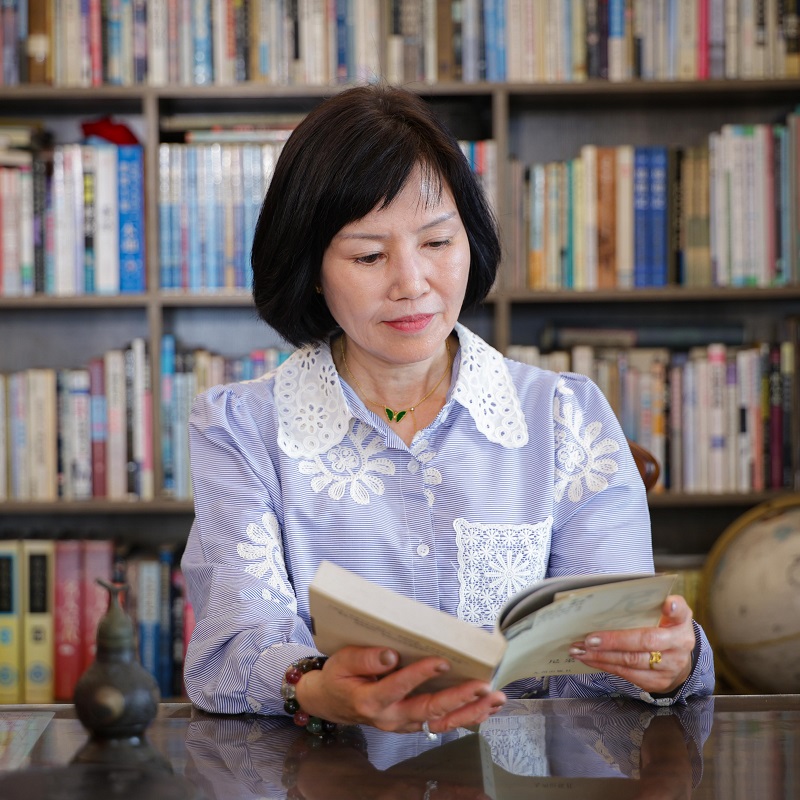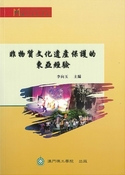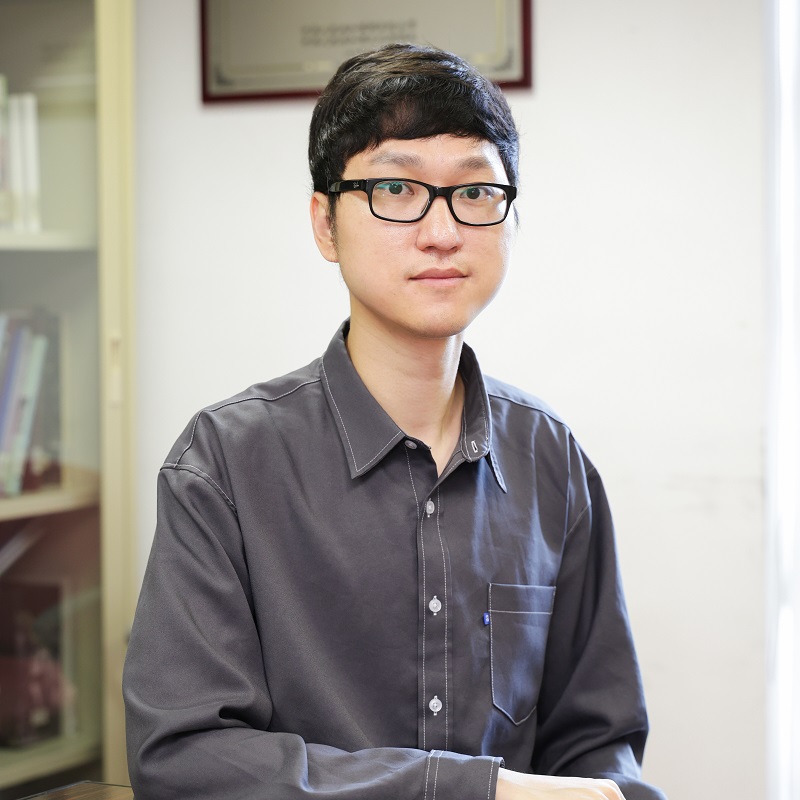
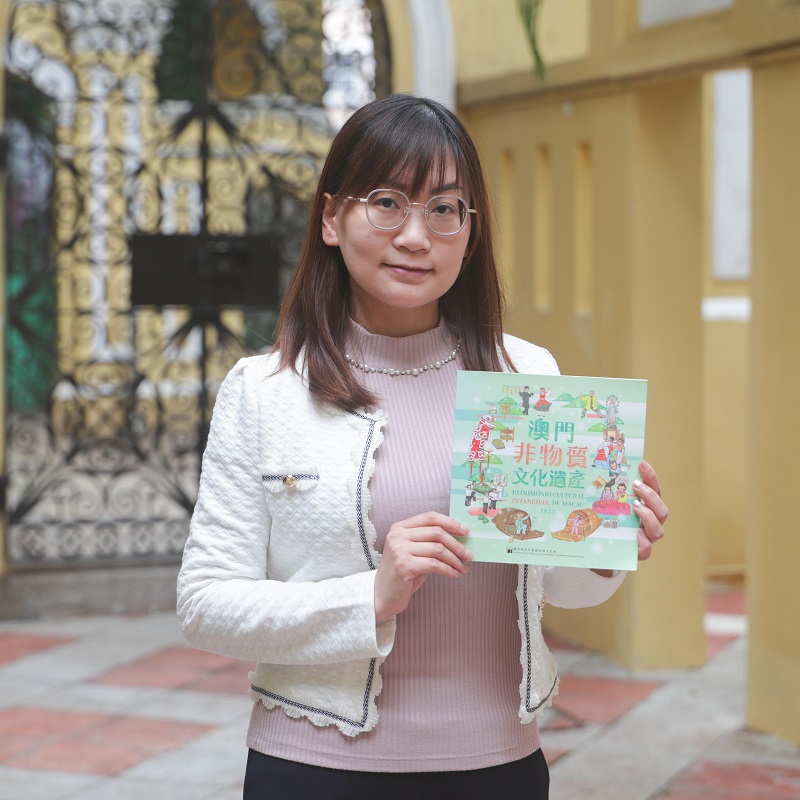
Do you know how many items of intangible cultural heritage exist Macao has? The book Intangible Cultural Heritage of Macao vividly introduces 70 heritage items, covering categories such as performing arts, social and religious practices, rituals and festive events, as well as traditional craftsmanship. Leong In Fan, a member of the book’s creative team and a staff of the Department of Cultural Heritage of the Cultural Affairs Bureau of the Macao SAR Government, states, “Intangible cultural heritage is a part of life.” To popularize knowledge of intangible cultural heritage and bridge the gap between it and the youth, the book features vibrant illustrations paired with easy-to-understand bilingual text in Chinese and Portuguese, allowing readers to easily grasp Macao’s traditional customs and culture. This, in turn, enhances their pride and sense of belonging to the local culture.
Turning the pages, the dedication of the creative team is evident everywhere. To visualize the intangible content of heritage, each illustration incorporates multiple elements. For instance, in the section on the “Belief and Customs of Chu Tai Sin,” there are not only priest chanting but also fishermen performing rituals and offerings to spirits (feeding the ghosts) for peace. The details are particularly delightful; in the segment on “Naamyam Narrative Songs”, a traditional teahouse serves as the backdrop, with elements like birdcages, green window frames, and dim sum carts vividly recreating traditional life scenes, evoking emotional resonance in readers. Characters from three generations engage in the practice of intangible curtail heritage, conveying the idea that everyone can participate and contribute to shared legacy.
Additionally, the text within the book is worth savouring. Each introduction to the individual intangible heritage items, spanning over a hundred words, covers the origins, forms of expression, groups involved in transmission, and the purpose of inheritance. For example, while the Cheng Ming Festival (Day of the Departed) is often associated with feelings of sorrow during ancestor worship, the team shifts perspective, beautifully describing it as one of the 24 solar terms: “Cheng Ming refers to the clear and bright weather, free from haze, mist, frost, and snow, marking the end of cold winter and the arrival of summer.” This not only dispels the heavy atmosphere but also reveals the deeper meanings behinds intangible cultural heritage.
In addition to the book’s publication, the Functional Head of the Macao Museum of the Cultural Affairs Bureau, Tou Chi Hou, also shared various intangible cultural heritage promotion activities in Macao. The Macao Museum periodically holds thematic exhibitions on intangible cultural heritage, such as the 2023 exhibition Blessed Land – Belief and Customs of Tou Tei in Macao, which allows visitors to learn about Macao’s land culture through exhibition format. “The Experiencing Intangible Cultural Heritage at Zero Distance” project was launched in response to the 2020 addition of 55 items to the “Inventory of Intangible Cultural Heritage”, there are workshops organized around different themes each month. In 2023, “Manufacture and Painting of Portuguese Azulejo Tiles workshop” offered 40 spots but attracted over 600 applicants, indicating the popularity of intangible cultural heritage promotion activities among the public. This year, Macao will also serve as the third stop of the “Cultured Bay Area, Brilliant ICH – 2025 Guangdong-Hong Kong-Macao Greater Bay Area Intangible Cultural Heritage Show” showcase the cultural roots shared among the Greater Bay Area and the cultural charm of Guangdong, Hong Kong and Macao.
